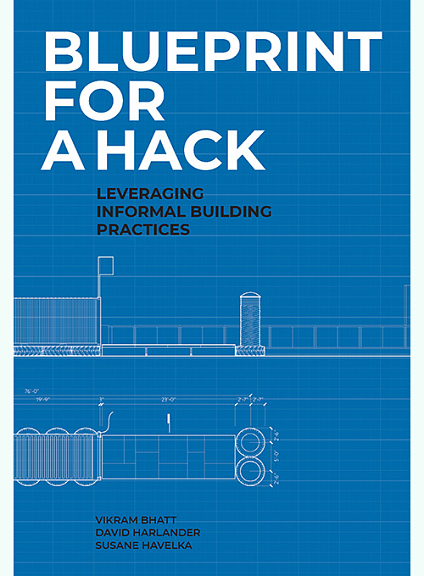-
Книги
- Нонфикшн
- Гуманитарные науки
- Деловая литература
- Естественные / Точные науки
- Книгоиздание
- Лайфстайл
- Словари / Энциклопедии
- Художественная литература
- Детектив
- Драматургия
- Классическая проза
- Мифология. Эпос
- Поэзия
- Собрания сочинений
- Современная художественная проза
- Фантастика. Фэнтези
- Биографии / Мемуары
- Графические романы / Комиксы
- Детские книги
- Воспитание. Педагогика
- Детский досуг
- О детских книгах
- Познавательная литература
- Художественная литература для детей
- Журналы / Зины
- Архитектурные
- Гуманитарные
- Журналы о моде
- Зарубежная периодика
- Искусство / Фотография
- Кино / Театр
- Лайфстайл
- Книги «Подписных изданий»
- Книги на иностранных языках
- Английский язык
- Испанский язык
- Итальянский язык
- Книги на иностранных языках для детей
- Немецкий язык
- Финский язык
- Французский язык
- Шведский язык
- Книги о кино
- Книги о музыке
- Книги о средневековье
- Книги о театре
- Книги о фотографии
- Книги об искусстве / Книги об архитектуре
- Альбомы по искусству
- Архитектура
- Декоративно-прикладное искусство
- Живопись
- Искусствоведение
- Орнаменты
- Прочее
- Танец
- Татуировка
- Творческое развитие
- Книги по философии
- Кулинарные книги
- Николай Солодников рекомендует
- Предзаказ
- Про дизайн / Про моду
- Путеводители / Книги о путешествиях
- Канцелярские товары
-
Подарки
- Брошки и значки
- Гирлянды
- Закладки
- Игры
- Календари
- Наклейки
- Наши сувениры
- Открытки
- Всякие-разные
- Наборы открыток
- Поздравления
- Про любовь и другие хорошие чувства
- С писателями и поэтами
- С цветами, овощами и фруктами
- С цитатами и другими фразами
- Подарочные сертификаты
- Постеры
- Прочее
- Сумки и шоперы
- Упаковка
- Подарочные сертификаты
Адрес магазина: Санкт-Петербург, Литейный пр., 57
Blueprint for a Hack
| Автор | Bhatt V. Havelka S. Harlander D. |
|---|---|
| Издательство | Acta Diurna |
| Год издания | 2020 |
| Переплет | Мягкий |
| Страниц | 176 |
| Формат | 165x235 мм |
| Язык | Английский |
| ISBN | 978-1-94876541-1 |
| Артикул | 1159400 |
Over five days, some 60 residents of a northern village teamed with designers from southern Quebec to conceive and build an outdoor community pavilion that activates a central recreational area. “Blueprint for a Hack” aims to reimagine community spaces. Faced with extreme housing shortages, physical isolation, and a challenging climate, outdoor public spaces in northern communities remain largely undesigned and underused. These “in-between” spaces are strewn with stuff: plywood crates, tires, sea-cans, palettes, diesel fuel drums, etc.
Most housing and civic buildings in the communities emerge from and stand like physical markers of Euro-Canadian values. The Royal Architectural Institute of Canada has begun a discourse on design in northern Canadian communities, but discussions continue to dwell on housing and civic buildings. A strong need exists to open conversations about design and the public realm in northern villages, which this project tries to address, creating a unique experience in which northern and southern groups could apply a “hacking mindset” to reimagine community spaces. “Hacks” respond to institutionalized inadequacy and are found in every culture. They have shown that the reuse and recycling of discarded materials and existing technologies can radically transform everyday life. Hence, hacking is relevant to designing in northern villages where the DIY up-cycling culture is widely practiced. The book celebrates this innovative achievement and showcases its relevance to open shared conversations about the built environment and the need to build on local capabilities, reduce waste and rethink consumption patterns.
Подписка на рассылку
Мы будем присылать вам обзоры книг, промокоды и всякие-разные новости


